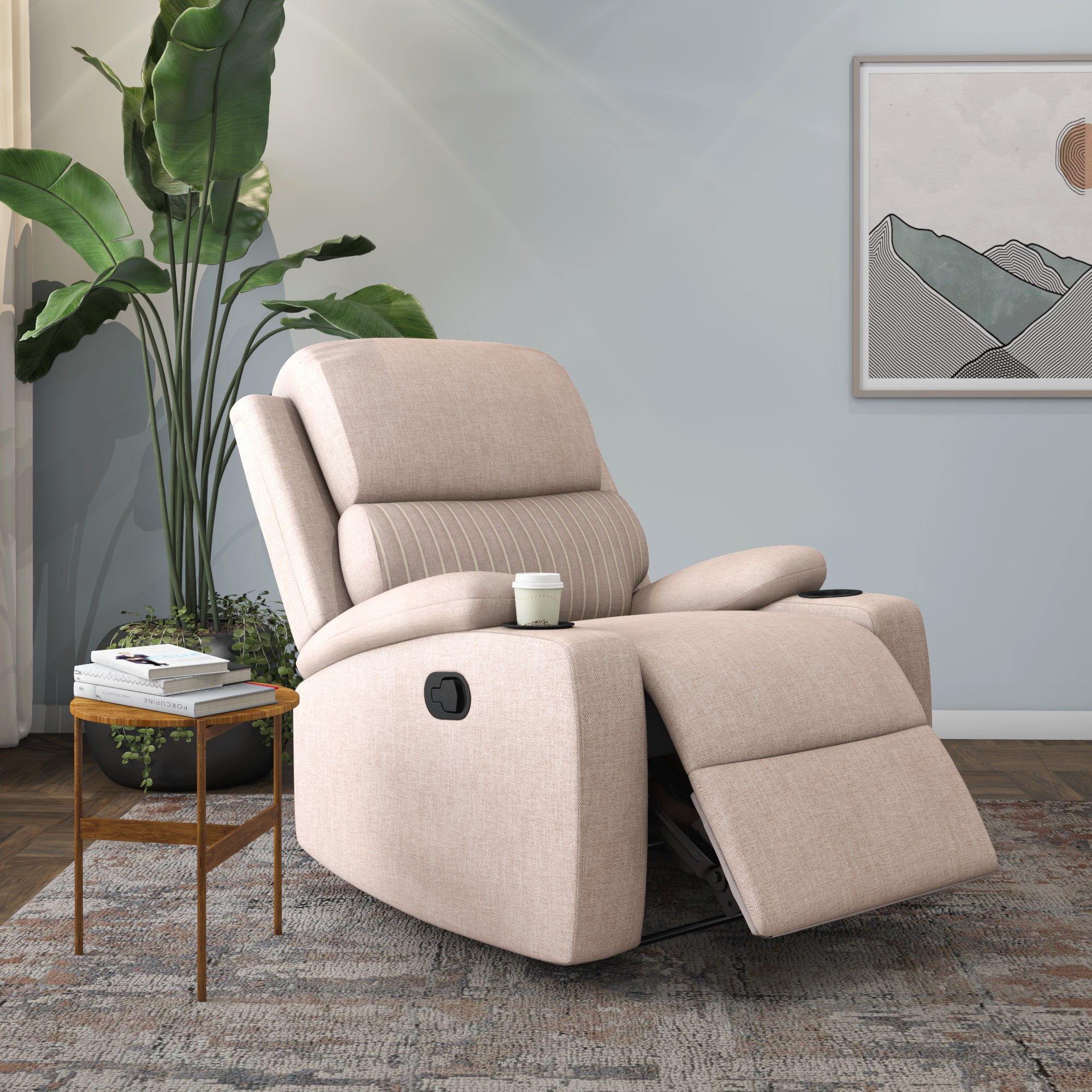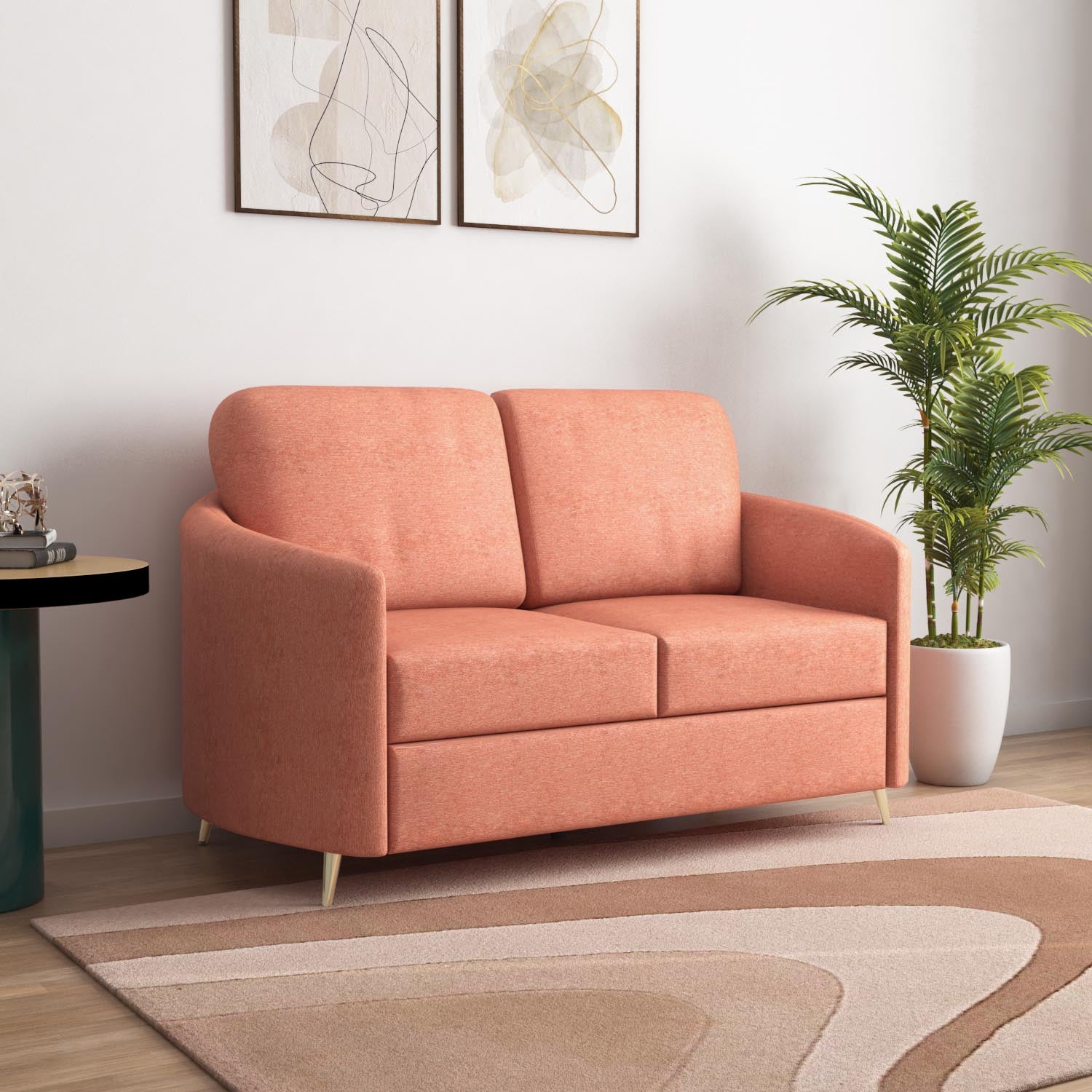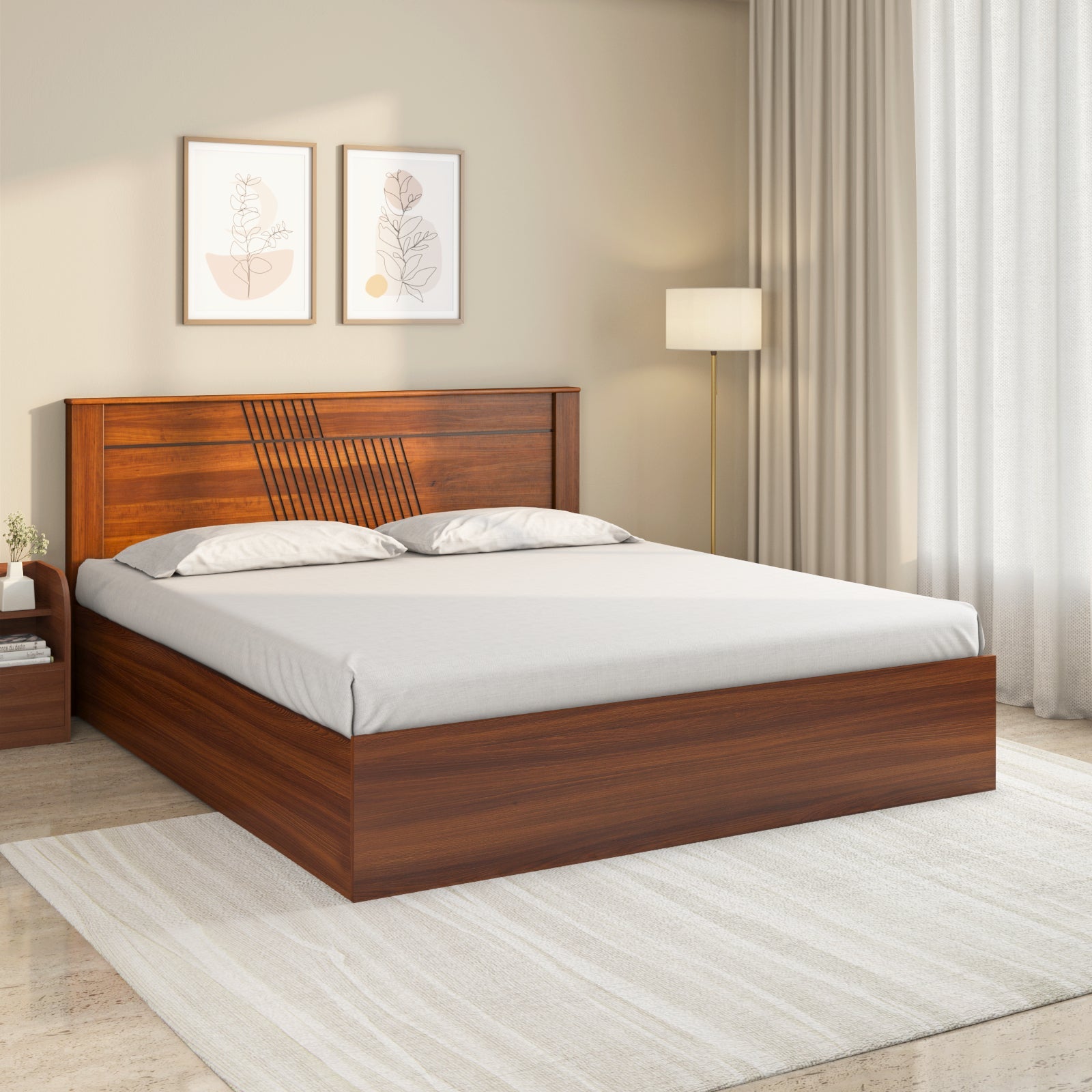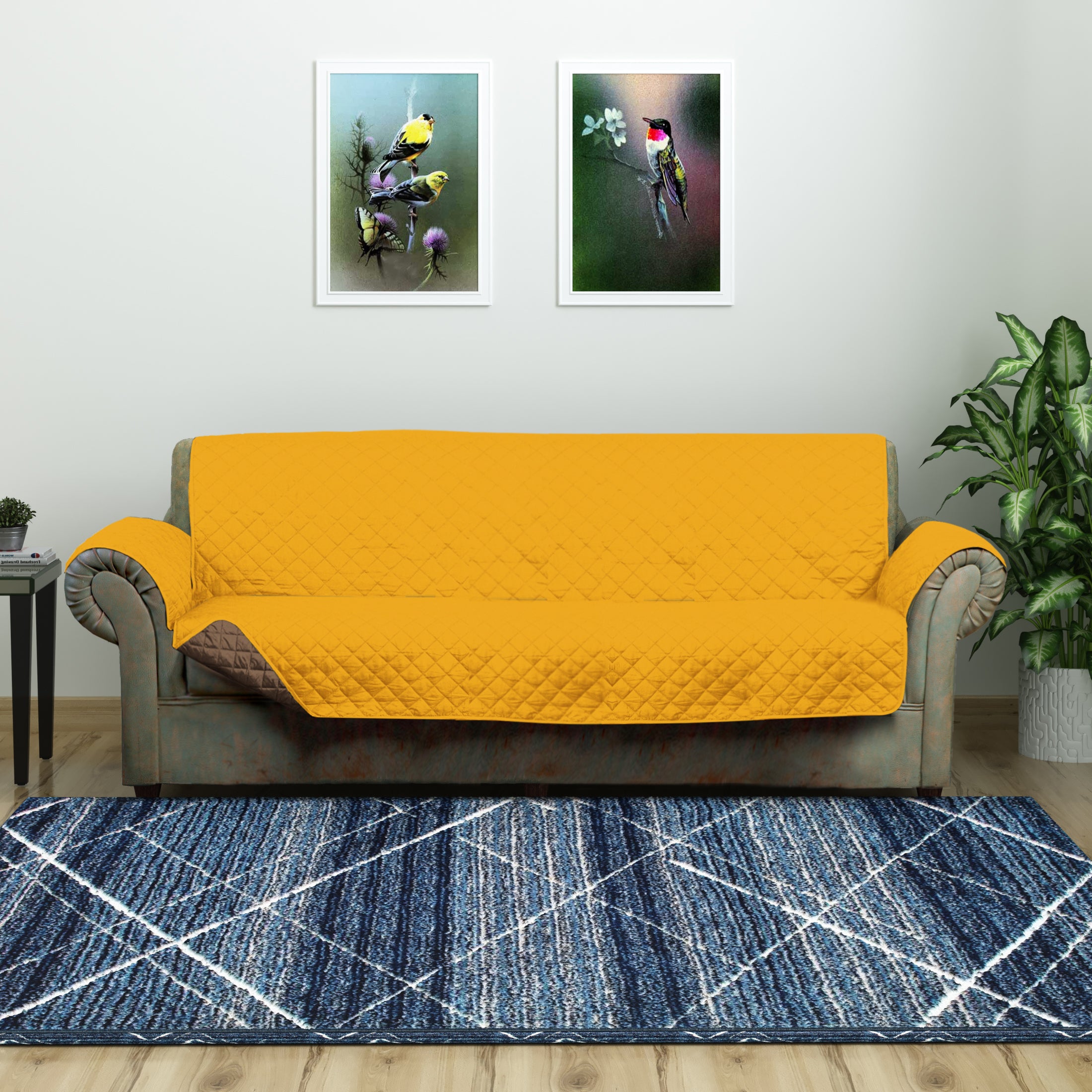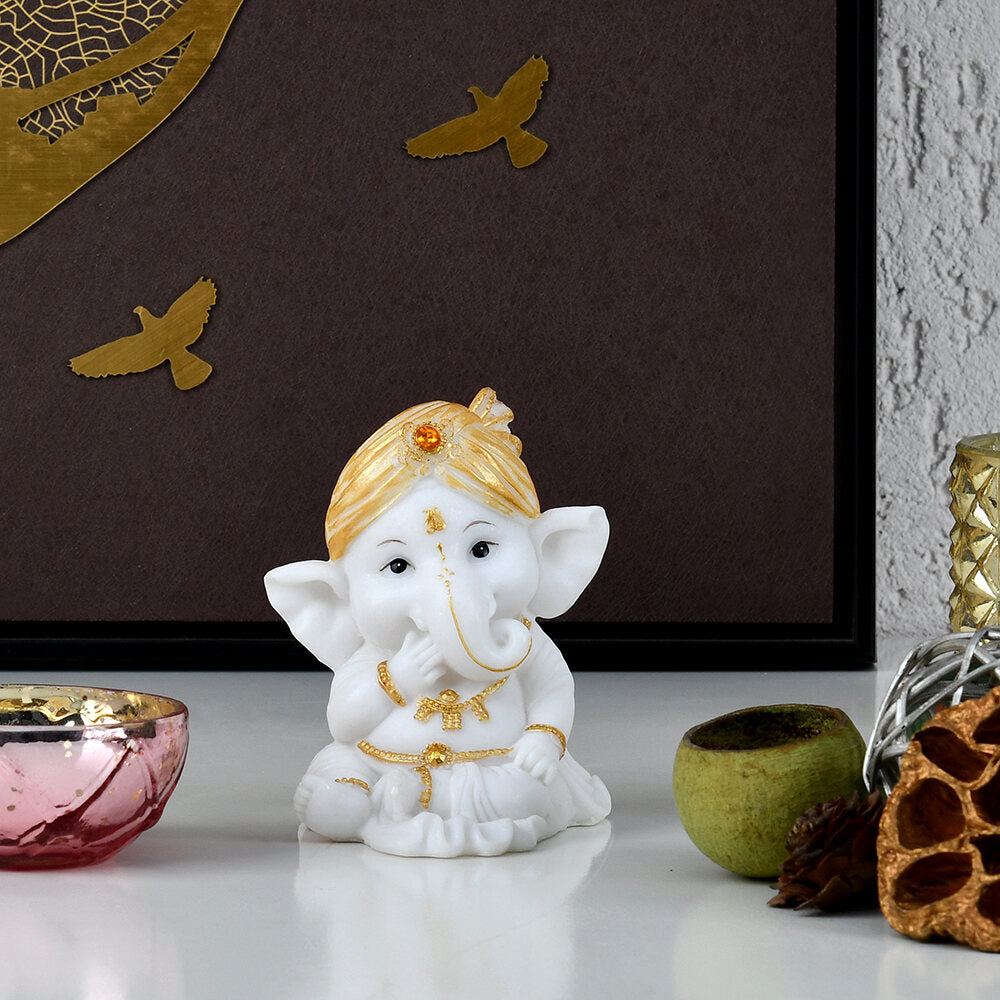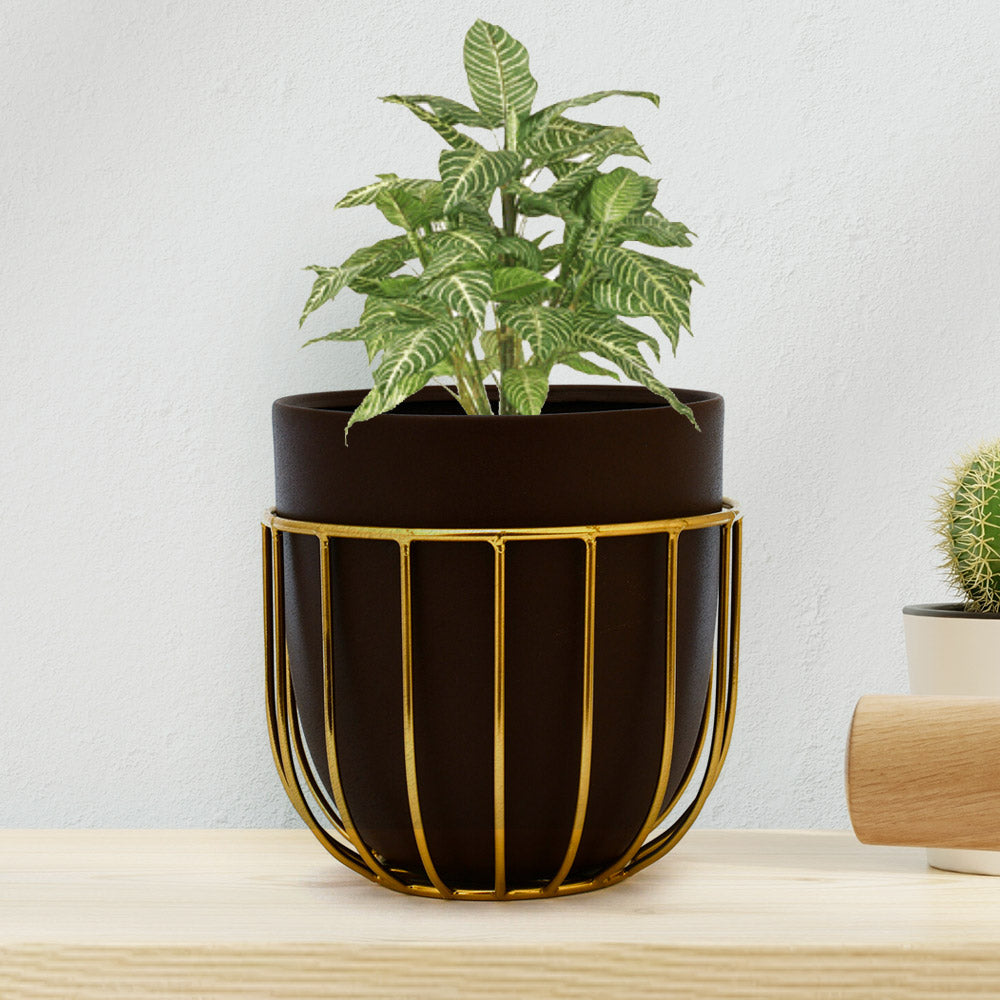Two intrinsic characteristics of Indians are loving good food and socialising. Whether it's a small get-together or a major festival, we Indians enjoy serving and eating a large assortment of dishes. On these occasions, we love to show off our ceramic crockery or glass crockery collection. The crockery collection ranges from our everyday use crockery set to the stunning crockery set to be taken out for special people or occasions.
Sometimes we love the crockery as much as the food — and often, the different types compete with each other too. These are the times when one is about to buy ceramic crockery online or glass crockery online. The decision of ceramic vs glass plates can feel huge because both are equally appealing.
So, how do you decide the winner in the ceramic vs glass crockery debate? It’s simple. Read below our extensive ceramic vs glass plates analysis to know the features, pros, and cons of both crockery types.
Ceramic Vs Glass Crockery: Which To Choose?
Ceramic crockery and glass crockery are both frontrunners in the crockery industry. Whenever someone says crockery, either of the two pops into the mind. Even when people buy crockery online in India, they choose either of the two most often. It's no surprise that there is always an ongoing ceramic vs glass crockery war. People are always caught in the ceramic vs glass crockery choice.
Therefore, if you can’t decide the winner in the ceramic vs glass plates comparison, we’ll help you. We’ve detailed the characteristics, advantages, and disadvantages of both glass crockery and ceramic crockery so you can choose wisely based on your home, needs, and lifestyle.
Ceramic Crockery: Features, Pros & Cons
Ceramic crockery is one of the most popular and loved crockery across the globe. Available in various designs, it attracts everyone with its aesthetic appeal. Explore stylish ceramic crockery. Here are the characteristics of ceramic crockery, along with its pros and cons:
Characteristics Of Ceramic Crockery
Ceramic crockery is characterised by the following:
-
It is made from natural clay. The clay is heated at extremely high temperatures to harden it.
-
Ceramic crockery is available in both glazed and unglazed varieties. The glazing adds a protective layer to the crockery, enhancing its appearance.
-
Ceramic crockery is available in an array of designs in numerous patterns and designs.
Check Also: Check out cooking accessories at Nilkamal Homes
Advantages Of Ceramic Crockery
The advantages of Ceramic crockery are:
-
Durability - Strong and long-lasting, making it suitable for everyday meals or ceramic dishes for special occasions.
-
Versatility - Ceramic crockery can be moulded and designed into various patterns. So, you will get unique styles and designs of pieces.
-
Heat Retention - Ceramic crockery can retain heat for longer due to its composition. So, when you serve or keep food in it, it stays warm for a long duration, and you can enjoy warm food even during a long meal.
-
Microwave Safe - Some ceramic crockery are suitable for microwave usage. So you can cautiously use them in the microwave.
-
Budget-friendly - Ceramic crockery is more affordable than other crockeries as it is made from clay.
Drawbacks Of Ceramic Crockery
The drawbacks of Ceramic crockery are:
-
Heavy - Ceramic crockery is made from hardened clay, weighing heavier than glass crockery.
-
Chipping & cracking - Though ceramic crockery is sturdy and durable, it is still susceptible to cracking or chipping when not handled properly.
-
Extra care - If the ceramic crockery is unglazed, it absorbs the oil or masala stain over time. So, it requires extra care while cleaning to avoid it.
Check Also: Check out cooking cutlery at Nilkamal Homes
Glass Crockery: Features, Pros & Cons
Glass crockery is the most coveted and elegant crockery. The transparent designs with beautiful patterns make it popular for most special occasions. Here are the characteristics of glass crockery, along with its pros and cons:
Characteristics Of Glass Crockery
Glass crockery is characterised by the following:
-
It is made of molten silica, lime and soda ash. Then the molten material is shaped and cooled to create beautiful crockery.
-
Characterised by its transparent and glossy appearance, it beautifully showcases any dish or food item.
-
Along with various designs and patterns, Glass crockery is also available in various colours and textures.
Advantages Of Glass Crockery
The advantages of glass crockery are:
-
Formal Elegance - The beautiful designs of glass crockery adds elegance to every dish, food item and table setting. So, it's perfect for special and formal occasions rather than daily dinners.
-
Lighter in Weight - When comparing glass vs ceramic bowl weight, glass crockery is lighter than ceramic crockery.
-
Easier to clean - Glass is non-porous. So it doesn't absorb odours or stains from the dishes. Hence, it is effortless to maintain and clean ceramic crockery. It is more suitable for cleaning in the dishwasher.
Check Also: Check out cutlery holders at Nilkamal Homes
Drawbacks Of Glass Crockery
The drawbacks of glass crockery are:
-
Less Customisation - Though glass crockery is available in a plethora of designs and patterns, ceramic crockery still needs to be more customisable.
-
Fragile - Light in weight, glass crockery is comparatively more fragile than ceramics and easily breaks or chips when mishandled.
-
Less heat retention - Glass is a good conductor of heat. So, serving or keeping any hot dish in glass crockery gets cold more quickly than ceramic crockery.
Conclusion
The ceramic vs glass plates choice depends entirely on your lifestyle, preferences, and intended use. Both ceramic crockery and glass crockery bring their own strengths. If you want warmth, durability, and traditional charm, ceramic is ideal. If you prefer elegance, lightness, and easy maintenance, glass might be the better pick. Explore Nilkamal Homes to buy ceramic crockery online or glass sets to suit your needs.
FAQs
1. What is the difference between glass utensils and clay utensils?
Clay utensils, such as ceramic crockery, are heavier, have better heat retention, and often feature intricate designs. Glass crockery is lighter, more elegant, and easier to clean but less heat-retentive.
2. What is the difference between ceramic and glass?
The main difference lies in their material and properties. Ceramic crockery is made from clay and is more durable with better heat retention, while glass crockery is made from molten silica and is lighter, transparent, and often more elegant.
3. Can I use ceramic dishes for special occasions?
Yes, ceramic dishes for special occasions are a popular choice due to their durability, decorative appeal, and ability to keep food warm for longer.
4. Is it safe to buy ceramic crockery online?
Yes, buying ceramic crockery online is safe if you choose trusted sellers like Nilkamal Homes, which offer high-quality products with secure packaging and delivery.
